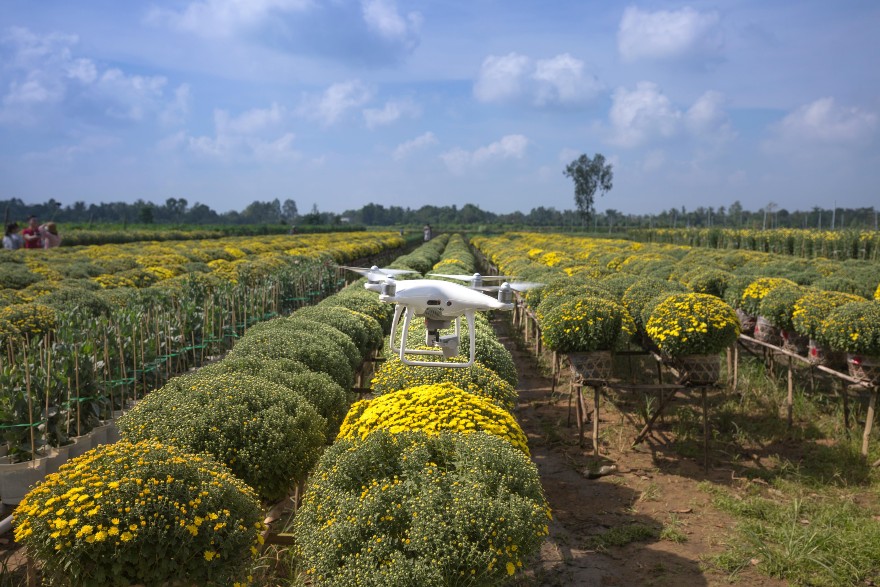How Drone Technology is Revolutionizing Beekeeping and Pollination Monitoring
🐝 The humble honeybee might weigh less than a paperclip, but its role in global food production is absolutely massive. With nearly 75% of the world’s food crops relying at least in part on pollinators like bees, ensuring their health and efficiency is more than an ecological concern—it’s an agricultural imperative.
But what happens when natural pollinator populations struggle to keep up with modern farming demands? Enter: drone technology—a buzzing new frontier in pollination and hive monitoring.
The Pollination Problem: A 21st-Century Challenge
Environmental stress, pesticide use, and habitat loss have all contributed to the decline in bee populations worldwide. In some high-value crop regions, the scarcity of bees has turned pollination into a bottleneck for productivity. This has spurred scientists and technologists to think creatively—how can we augment natural pollination systems without replacing nature?
Drones to the Rescue: Artificial Pollinators Take Flight
Drones are now being engineered to perform precision pollination. These tiny fliers, some modeled after bees themselves, are equipped with:
- Pollen dispensers that gently transfer pollen from flower to flower
- AI and computer vision to identify flowering plants and avoid unnecessary visits
- GPS and swarm algorithms to coordinate their routes like a well-organized flight squadron
Early field trials show promise for crops like apples, almonds, and berries—especially in greenhouses or areas where bee access is limited.
Hive-Level Intelligence: Drones as Beekeepers’ Eyes in the Sky
Beyond flower-hopping, drones are taking on an increasingly vital role in hive health monitoring. Equipped with thermal cameras, these flying assistants can detect temperature fluctuations within hives—often an early indicator of issues such as disease, stress, or the loss of a queen. From above, drones use aerial imaging to assess surrounding forage availability, helping beekeepers determine the most optimal locations for hive placement based on nearby flowering patterns and environmental conditions.
Some models even carry environmental monitoring sensors capable of measuring pesticide levels, humidity, and the presence of blooming cycles in the vicinity. Combined, this bird’s-eye perspective and real-time data analysis empower beekeepers to make informed, proactive decisions that support both hive vitality and crop productivity.nalytics, empowers beekeepers to make data-driven decisions that benefit both bees and crops.
The Synergy: Drones + Bees = Better Pollination
Let’s be clear: drones aren’t here to replace bees. They’re here to complement them.
Think of drone-assisted pollination like an agricultural pit crew—supporting natural pollinators when and where they need help. This hybrid approach is especially valuable during early bloom periods, in harsh weather conditions, or in pollination-critical crops with tight blooming windows.
The Future is Buzzing
As AI gets smarter, sensors get lighter, and battery life stretches further, drone technology is poised to become an indispensable tool for farmers and beekeepers alike. At Apitech World, we’re tracking this evolution closely—because the future of agriculture doesn’t just look robotic… it flies like a bee.
Want to dive deeper into pollination tech or get your hive connected? Stay tuned to apitechworld.com for the latest insights in agri-tech, bee science, and IoT-powered innovation.
